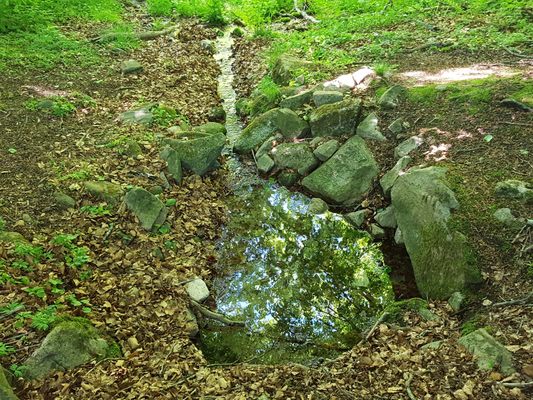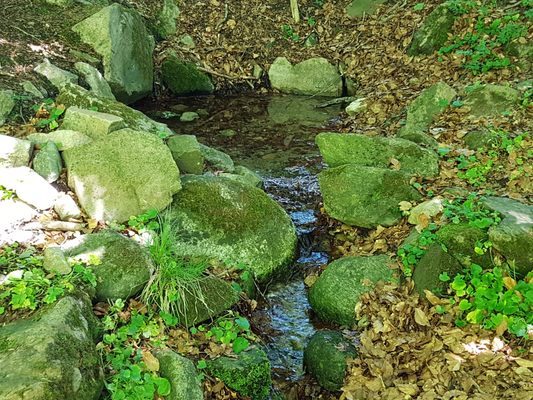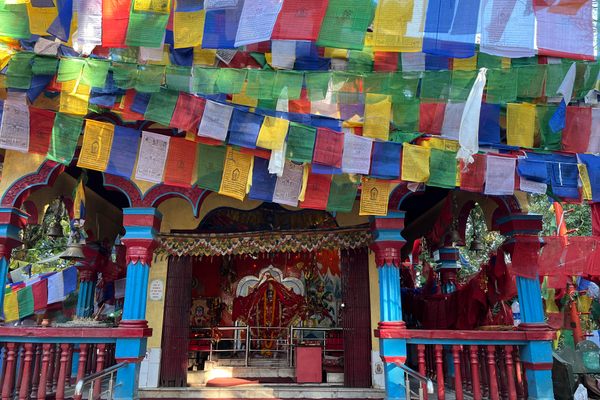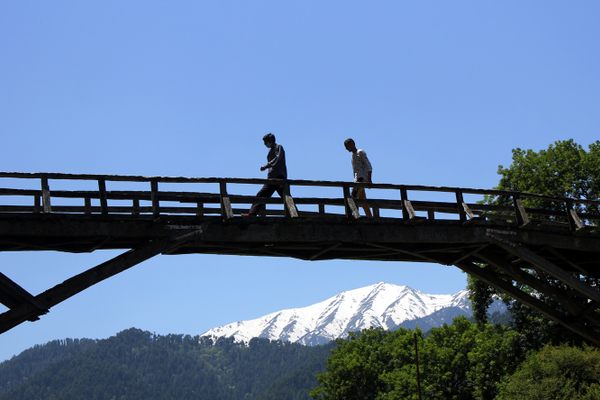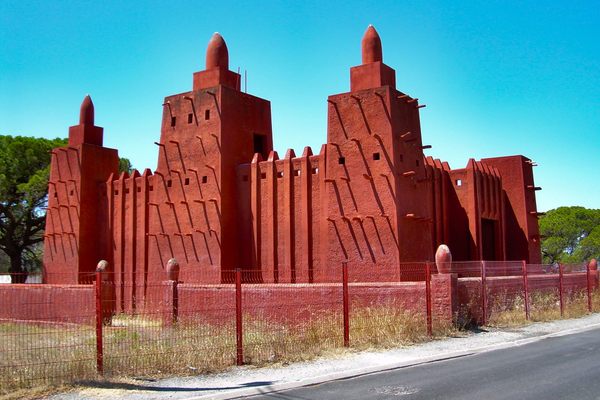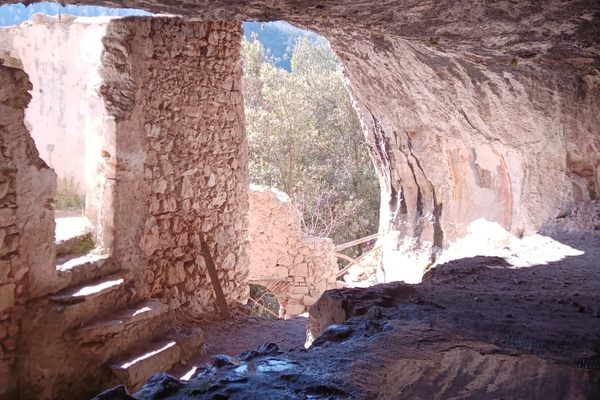About
The town of Sankt Olof is named after Olaf II of Norway, who later became Saint Olof. Some scholars believe that his depiction was designed to resemble the Norse god Thor. According to folk traditions, Saint Olof was known to fight giants and trolls, protecting people and their livestock. It's said that holy springs would arise in places where he walked or rested. The St. Olof's spring (St Olof's källa) is one such place.
What makes this spring so unique is that there is a second spring nearby. This spring is called the Maiden's spring (Jungfrukällan). It's named after the tragic story of a maiden who was believed to be kidnapped and murdered by a knight. As the story goes, God punished the knight by turning him into a snake and forming a spring in the location where the maiden died.
The snake was forced to protect the spring, killing anyone who came near. One day, a priest came by, and upon seeing him, the snake repented and prayed for the priest to release him from his torment. The priest did just that and killed the snake with his walking stick. From that moment onward, the spring became a place of worship.
After the Reformation, the church tried to break what they believed to be superstition around holy springs. But they never managed to do so and their popularity as places of healing and spirituality remain to this day. In fact, both springs are now part of the St. Olavsleden, the world's northernmost pilgrim path.
Related Tags
Know Before You Go
The springs are on private property but freely accessible. You can park in the parking lot to the left of the street and walk around the house following the signs. You'll come across the St. Olofs kallan first. Please be quiet and respectful of the area.
Published
October 30, 2020





